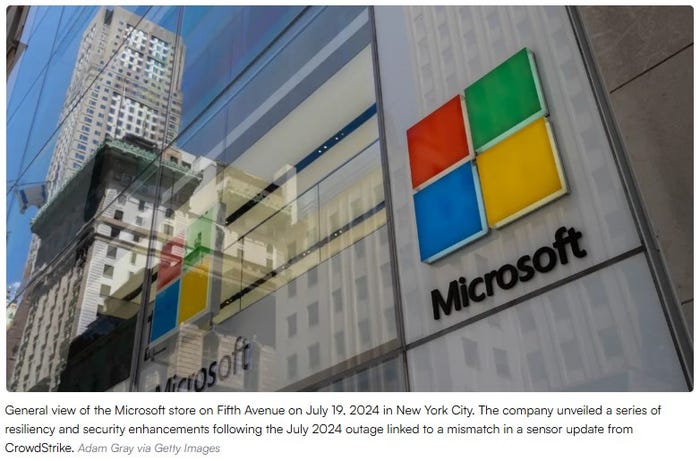On the fireground, analog still reigns
Experts speaking last month at the annual International Wireless Communications Exposition (IWCE 2010) in Las Vegas advised that noise-cancelling technologies won’t be effective unless firefighters are properly trained on their use -- and sometimes they’re not effective at all.
April 6, 2010
Technology is beginning to make the problems associated with using digital radios in very noisy environments go away. This is particularly important for firefighters, who often have found that such communications are unintelligible when they are on the fireground, because previous versions of the vocoder found in digital radios were unable to differentiate human voice from the sounds made by chain saws, apparatus engines, breathing gear and personal alert systems. As result, transmissions often were garbled, if they were received at all.
Today, however, a new digital vocoder has been developed that already has found its way into one vendor’s radios (EF Johnson) — with others soon to follow — that represents a significant and noticeable improvement over previous vocoders. And noise-cancelling technology has been developed that suppresses unwanted audio.
However, experts speaking last month at the annual International Wireless Communications Exposition (IWCE 2010) in Las Vegas advised that such technologies won’t be effective unless firefighters are properly trained on their use — and sometimes they’re not effective at all. It’s crucial then to know when to use digital communications, when to avoid them and to have a plan for making such determinations, according to the speakers.
D.J. Atkinson, lead electronics engineer for Public Safety Communications Research (PSCR) — a joint effort of the National Institute of Standards and Technology (NIST) and the Institute of Telecommunications Services (ITS) — demonstrated the session the effectiveness of noise-cancelling technology, which was discernible. But he cautioned that the impact of noise cancellation — using a primary microphone to capture the user’s voice and a secondary microphone that captures ambient noise — can be far less when it’s improperly used.
“The noise source is directional, so the second microphone has to be oriented towards the noise source to get the maximum benefit,” Atkinson said. “A noise-cancelling microphone, when properly used, can make a huge difference. But when it isn’t used to its full benefit, it might not make any difference at all.”
Atkinson demonstrated that even when using an analog radio, how the microphone is used in relation to the self-contained breathing apparatus (SCBA) mask is vital in terms of generating intelligible transmissions. “Putting the microphone right up to the voice port of the SCBA mask makes a big difference,” he said.
But no amount of training or best practices will make digital communications effective for every circumstance, said Capt. Kevin Nida, radio officer for the city of Los Angeles Fire Department and president of the California State Firefighters’ Association. Just as firefighters have several types of nozzles available to them to direct water at the proper volume, in the proper pattern and in the proper velocity, based on the circumstances they encounter, Nida said that different types of radios and frequency bands are needed, based on whether the fire is in a forest, a high-rise building, a large warehouse or a residential structure.
Also, digital radios have limitations in certain situations that analog radios don’t experience, Nida said. For example, simultaneous transmissions on the same digital channel have less chance of getting through compared with analog, he said. Also, digital signals drop off suddenly at the edge of the coverage area and they experience greater loss when the radio is in a horizontal rather than vertical position — a common scenario, because firefighters regularly need to crawl through structures for myriad reasons.
“We’re not against P25, and we’re not against trunking,” Nida said. “But like any tool in the toolbox, it has to be used appropriately. And just like aircraft, which is still using AM because it works, we still need to maintain a little VHF and UHF operating in analog mode, because that’s what works for us in many different scenarios.”
“So, an analog network and simplex channels are very important to have,” Nida said.
Also important is having a plan for transitioning to simplex communications when firefighters lose contact with the radio network.
“You have to switch to a pre-determined channel that’s off the network before you enter an area — whether it’s wildland or a building — where such situational issues exist,” Nida said. “It’s a simple solution.”
To illustrate his point, Nida told the story of a 24-year-old firefighter who was killed after falling into a basement while searching for victims of a residential fire.
“Sometimes a firefighter is so deep inside a building that he’s not hitting the repeater. When a firefighter is on the first floor, and he’s suddenly out of network, [we wonder], ‘Did he fall through the floor?’” Nida said. “That’s exactly what happened to this firefighter. … We have no idea whether he tried to get a call out. What we do know is that when he fell into the basement, he went from in network to out of network, so he had no chance of surviving.”
The CSFA has identified 18 “watch out” situations—those that have caused a firefighter death and cannot be ignored. Number seven on the list is, “No communications link between crew members and supervisors.”
“When we lose radio communications with the command post, that’s the time to pull out,” Nida said.



